Exclusives
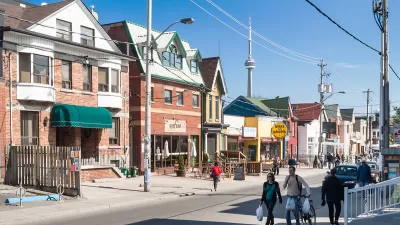
FEATURE
How Green is My Neighborhood? Let Me Count the Ways
Neighborhood-scale sustainable development is flourishing, as are tools for assessing and certifying the triple bottom line of projects. Ten neighborhood rating tools are reviewed for their best fit for planners, developers, and communities.
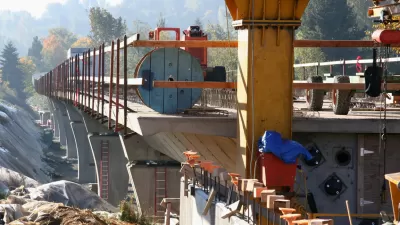
BLOG POST
Responding to Transit Funding Criticism
My recent column, "Evaluating Public Transit Funding Options," described various ways to finance public transit improvements. Such funding is sometimes criticized. This column examines and responds to common criticisms.

BLOG POST
New Research: Social Vulnerability Significantly Predicted Storm Damage from Hurricane Ike
Wesley E. Highfield, Walter Gillis Peacock, and Shannon Van Zandt from Texas A&M examine the damage after Hurricane Ike and its relationship to social vulnerability (Available via Open Access, http://goo.gl/K) in a new JPER article.

BLOG POST
The Theory Behind NIMBYism, Part 3
When should a city give neighborhood concerns weight, and when should a state or city create clear-cut rules that limit planners' discretion to consider neighborhood concerns?
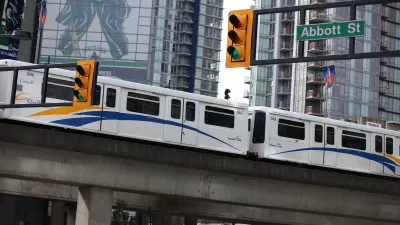
BLOG POST
Evaluating Public Transport Funding Options
Many jurisdictions need additional funding to improve, or just maintain, their public transport services. A timely new study evaluates eighteen potential funding options according to eight criteria.

FEATURE
5 Innovative Tech Solutions for Civic Disengagement
Communities have a growing number of technological resources available to face the challenges posed by a growing population and a resource constrained world.

BLOG POST
Planning For More Than Sports
The recent attempts to lure a NFL team to Los Angeles shows how successful site design will depend on the cultural characteristics of the uses of the site as much as it will depend on planning for land use and logistics.
BLOG POST
UN Sustainable Development Goals May Not Include Cities: Act Now!
UN-Habitat is about to decide on Sustainable Development Goals for the next 20 years. The "Urban Goal" is in danger. Please learn more and act.
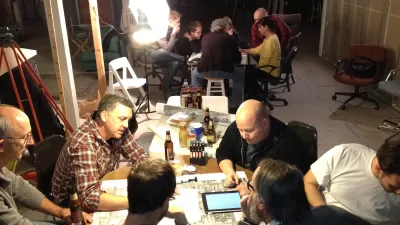
BLOG POST
New Research Suggests Collaborative Approaches Produce Better Plans
Open Access to Deyle, Robert E., and Ryan E. Wiedenman. "Collaborative Planning by Metropolitan Planning Organizations A Test of Causal Theory."

BLOG POST
Job Sprawl and Commuting Times
Suburbanization has not led to shorter commutes—except perhaps for residents of the most job-rich, affluent suburbs.

BLOG POST
A Critical Evaluation of the USDOT Conditions and Performance Report
The “Status of the Nation’s Highways, Bridges, and Transit: Conditions and Performance, Report To Congress” is intended to provide a comprehensive and objective evaluation of our transportation system. Let’s evaluate this evaluation.
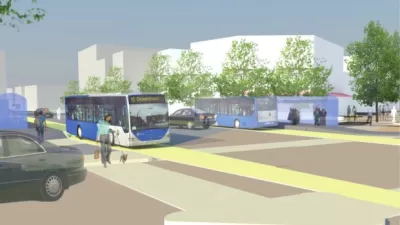
BLOG POST
Lessons from a Groundbreaking Interdisciplinary Design Laboratory at the University of Cincinnati
Niehoff Urban Studio brings students from different departments together to work on bettering Cincinnati's built environment.

BLOG POST
Resiliency Growing Pains
Resiliency is rapidly influencing urban sustainability and hazard mitigation planning. Global Green has identified key questions and findings through Sustainable Neighborhood Assessments in four communities impacted by Hurricane Sandy.

BLOG POST
HUD Rental Assistance on an Unsustainable Path—What Can Be Done to Save It?
A "Race to the Top" proposal for HUD to help off-set the difficulties of delivering affordable housing in high-priced, high-mobility metros.
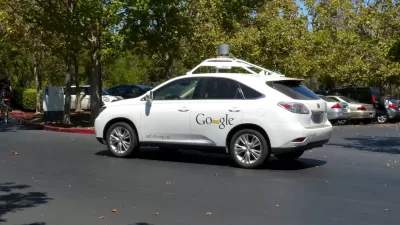
FEATURE
Driverless Taxis: the Next Next Big Thing in Urban Transportation?
The idea of cars that would drive themselves has only recently moved from science fiction to reality. In this feature, Antonio Loro explores the feasibility and implications of automated vehicles, especially self-driving taxis.
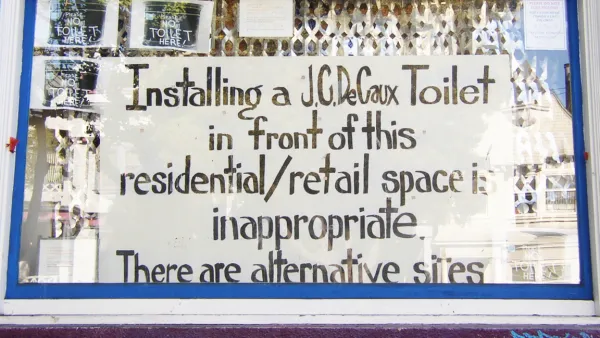
BLOG POST
The Theory of NIMBYism, Part 2
Homeowners' desire for more expensive land does not justify the "NIMBY veto" over new development.
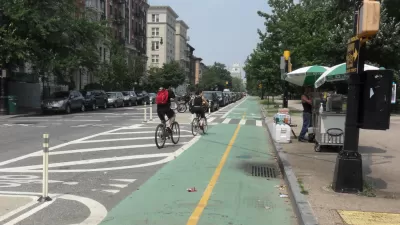
BLOG POST
The Wisdom and the Hysteria
Opposition to NYC's bike infrastructure improvements was loud, emotional, and ultimately ineffective. But can planners like Janette Sadik-Khan learn from seemingly unhinged opponents? Planetizen Blogger Josh Stephens decided to ask.
BLOG POST
Trends from the APA 2014 Conference
Every year we analyze all of the tweets from the APA Conference and tell you about the trends in planning. With more than 1,000 people tweeting from the APA Conference, there is a lot of great ideas, links, and blogs that we can all learn from.
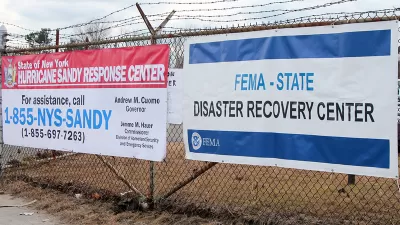
FEATURE
National Resilience Agency Needed to Prepare for Continued Disasters
Be Prepared! It's more than a motto: it's how we must respond to continuing large-scale natural disasters.

BLOG POST
Mobility in Cities is About Space - Proven Powerfully in Pictures!
The biggest mobility challenge in cities isn't about what comes out of a car's tailpipe - it's about the massive amount of space that cars demand. Space to drive in, and space to park in. When explaining this, these pictures are worth 1000 words.
Pagination
Smith Gee Studio
City of Charlotte
City of Camden Redevelopment Agency
City of Astoria
Transportation Research & Education Center (TREC) at Portland State University
US High Speed Rail Association
City of Camden Redevelopment Agency
Municipality of Princeton (NJ)
Urban Design for Planners 1: Software Tools
This six-course series explores essential urban design concepts using open source software and equips planners with the tools they need to participate fully in the urban design process.
Planning for Universal Design
Learn the tools for implementing Universal Design in planning regulations.


































